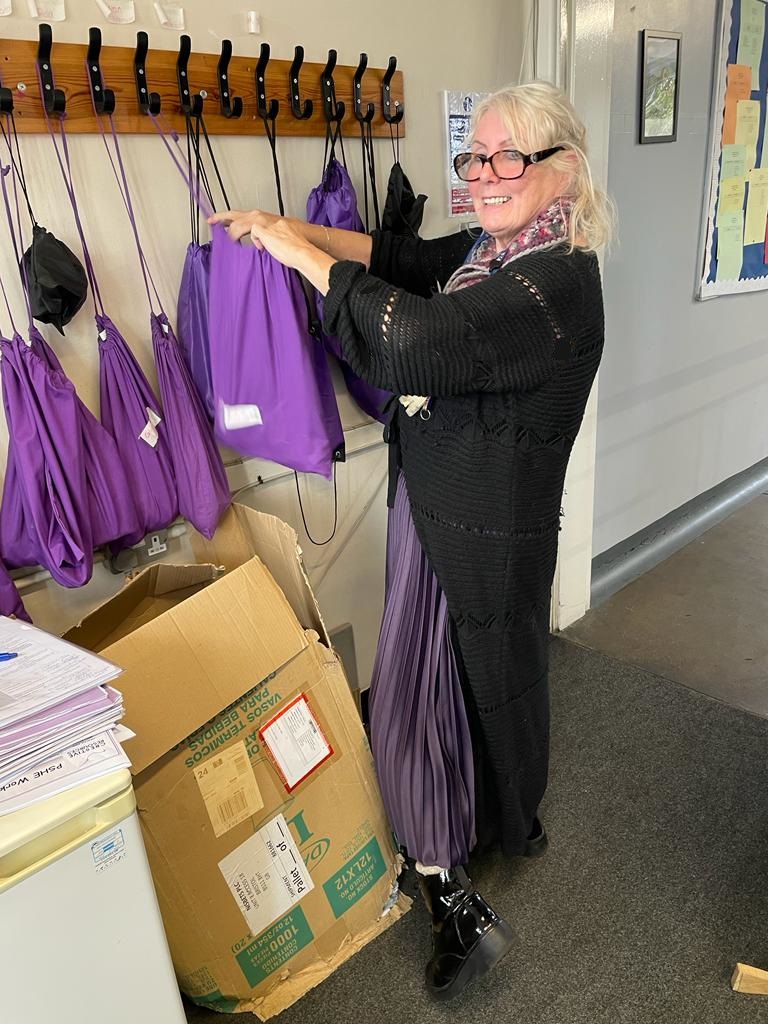At Bishop Stopford's School, we are supporting pupils with DLD by wearing purple on 20.10.23.
We will also be reading DLD facts at #Raddld2023 #DLDday2023 #DLD #ECASS #DLDandMe #EnfieldandDLD #GrowingwithDLD #SLCN #EnfieldEdUK The ECASS team from the LA will be posting facts one every hour.
DLD
Around 1 in 14 children are affected by Development Language Disorder (DLD). Probably between one and two young people in every classroom.
Young people with DLD have difficulties understanding language, they might mix words up in a sentence or misunderstand what you are asking them to do.
DLD is a 'hidden disability', as it is not always obvious that someone has this disability.
What are the signs of DLD?
A young person might struggle to say the words they want to say.
They have a limited vocabulary.
They mix their words up in a sentence.
They don't understand what you are asking them to do.
They might find it hard to follow more than one instruction at a time.
They find it hard to tell a story or sequence events.
They don't have names for things and may just point at something or say 'that one' etc
They might have difficulty reading.
They might not use proper grammar.
They get upset when routines change.
They might find it difficult to make and maintain friendships.
DLD is not Dyslexia
A young person struggling to read the words on a page of text may have dyslexia.
A young person with SLCN (Speech Language and Communication Needs) or DLD may struggle to understand what is happening in a story.
How to help your DLD child
Use simple sentences.
Give one instruction at a time.
Check they have understood - ask them to repeat what you have said.
Use new words when talking to them.
For further information on DLD:
https:rdld.org/about/did/did-fact-sheet
Carol Hart (SENCO)





